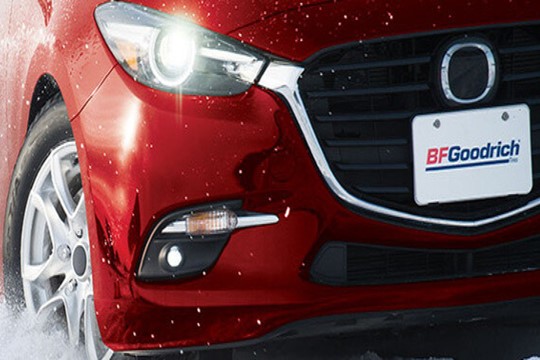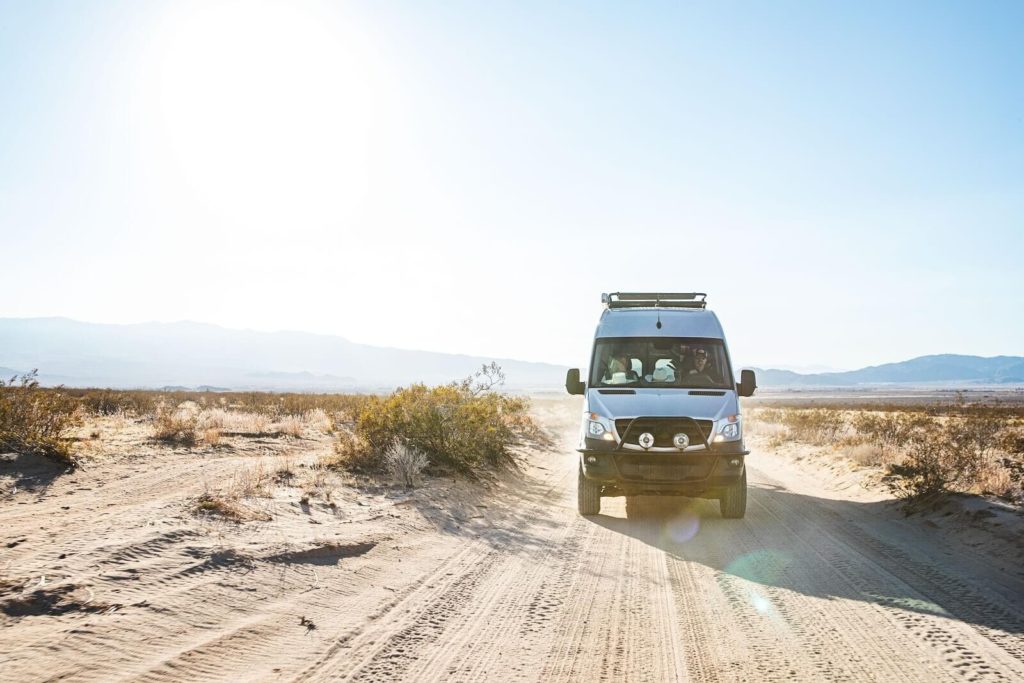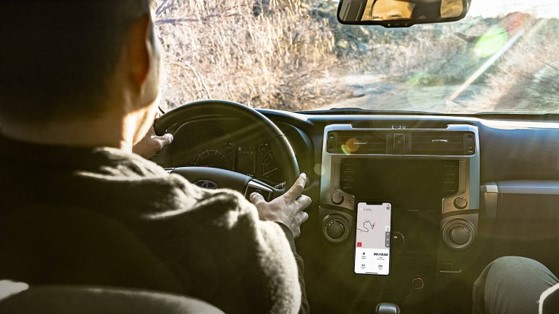Spotlight: BFGoodrich Trail Terrain
It starts with a big idea
Sometimes big ideas happen quickly. Like the apple that struck Newton with a serendipitous thud, birthing the concept of gravity. But let’s be honest: that story is more of a fairytale, really. What actually happened to Newton was that he saw apples drop to the ground, again and again. He noticed a pattern, and eventually, he wasn’t just seeing falling apples but forces at work. Over time, the big idea gently, methodically arrived at his head.
Innovation can come from anywhere, but nine times out of ten, it starts with an observation. No divine muse. No universal irony. Just the quiet observation of an everyday pattern. That tried-and-true scientific process is how we create every tire, including our newest: the BFGoodrich Trail-Terrain T/A tire.
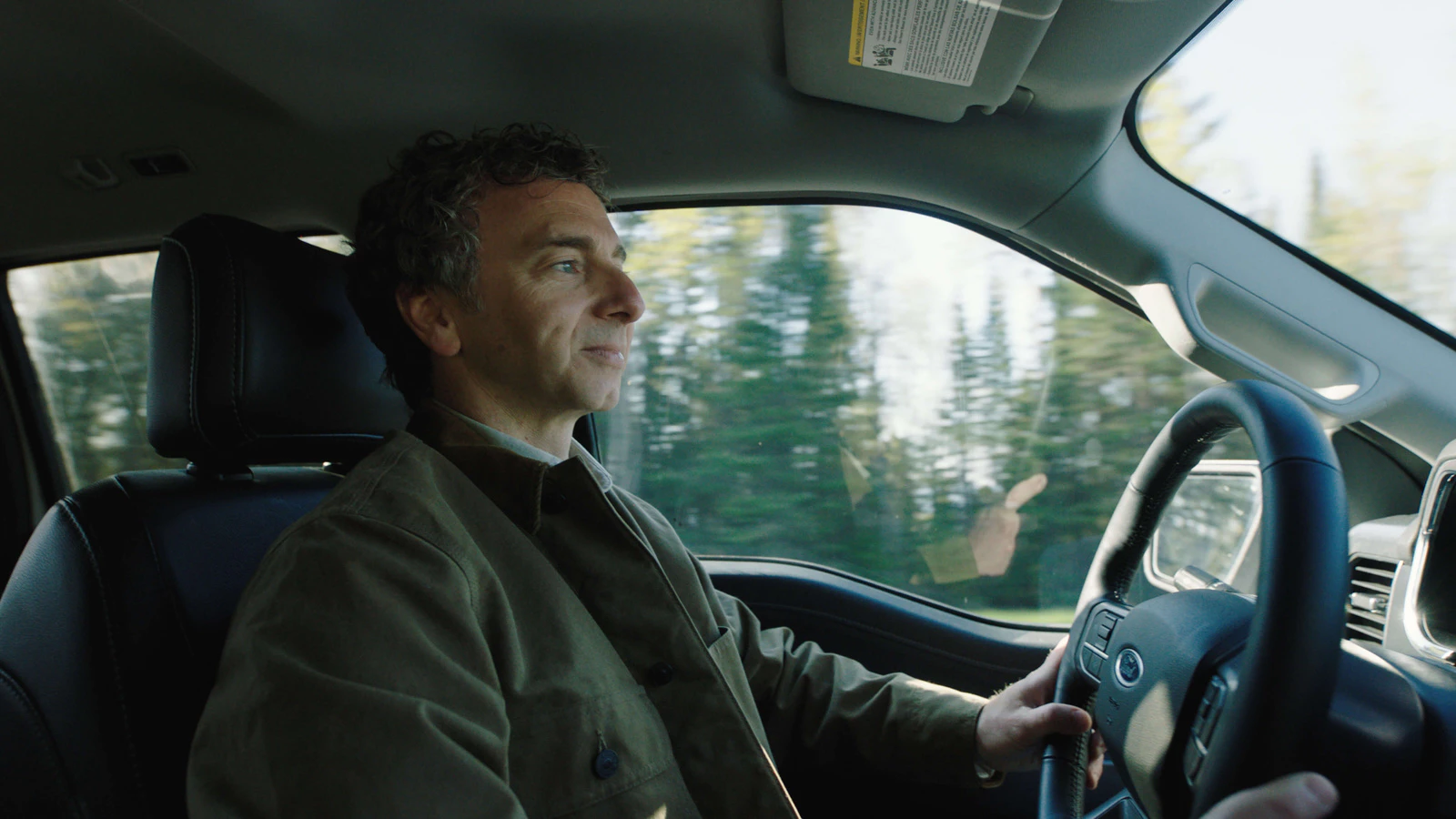
The key observer in our story is Brandon Sturgis, a Product Manager at BFGoodrich Tires. Brandon started his career on the OE (Original Equipment) side of the company. This put him in a lot of rooms with auto manufacturers who were discussing their current plans, future visions, and more. These repeated discussions formed a pattern. It told him:
There’s a growing demand for an on-road tire with light off-roading capabilities.
Brandon knew that if enough manufacturers wanted this, then a good number of people did too. This observation was nurtured into a business case (presented Shark-Tank-style to BFGoodrich leadership) for what would become the BFGoodrich Trail-Terrain T/A tire.
So, how does rubber get realized? It takes just a few years-long steps.
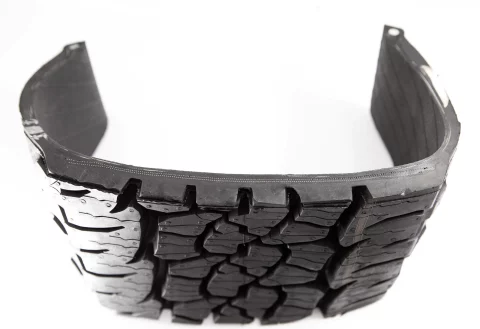
Step 1: Assemble the Experts
Brandon’s case was successful, netting him the resources to get to work. Those resources included a vast network of BFGoodrich tire designers, engineers, chemists, manufacturing leads, test teams, professional drivers, marketers, quality assurers, and many more. Together, they formed a cross-functional tire-creation team. Brandon’s role was to form and maintain the connective tissue between these people and practices, to inspire their work, and ultimately, to turn what was just an idea into a capable, durable reality.
“At least 200 people touch the project in some way at the company and the big thing for me is to make sure that all of those people are engaged with the project. It’s a big deal at BFGoodrich; we work hard to make sure everybody's onboard internally, just like we do for dealers and consumers externally. This way, everyone on the team has a sense of purpose. This is a big part of my role. I have to make sure that everybody who's on the team agrees with the vision, is engaged with it, and is hopefully excited about it, too.”
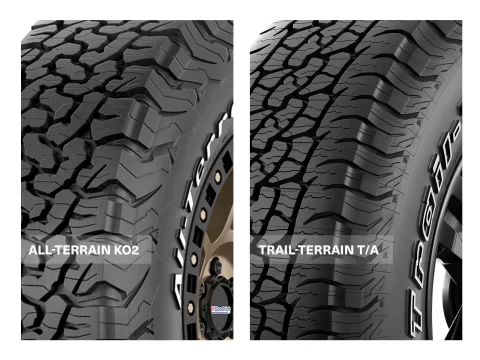
Step 2: Choose a point of reference
You’ve got to start somewhere. The process begins with an internal reference tire, a former or current BFGoodrich product that the team knows all of the design specs for. Using the reference tire as a baseline, Brandon then adds a list of how he wants the project’s tire to compare.
“I use an internal reference tire, and based on this tire, I communicate that I need the wet performance to be here, the snow performance to be there, the wear to be X percent better, the gravel performance to be Y percent better, and so on. It’s a list of criteria, some of which include a bit of give and take. I may say, ‘I need this to be better, but I'm okay with this other thing not being at the same level, or it could be worse.’ We treat it like a contract. It’s a very specific account of what I’m asking my team to deliver on.”

This list of criteria, built on the reference tire, forms an important spec document called the CDC. It doesn’t just come from Brandon’s brain. He does serious research to inform and create a document that outlines a potential tire that will be competitive in the market without being impossible to pull off. That list is the team’s common goal, but it also acts as a contract. One that’s up for constant negotiation.
After the team digests the list, they perform testing of their own to determine feasibility. Once they determine if the tire falls within the bounds of reality, the negotiation begins. Feasibility is discussed, priorities are chosen, and the CDC “contract” is solidified.
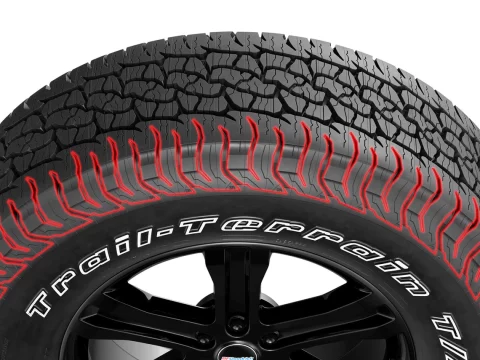
Step 3: Gather to design
“Design week is where things really start to happen. All the experts who could ask or answer any question go into a room and lock the door. It's people from the plant, materials experts, tire design experts, sculpture design experts, noise experts, industrial design people, everybody. They hash it out for one week and then come out with a design plan.”
A tire’s surface pattern and the chemical recipe for the rubber can be shaped in near-infinite ways. Different surface patterns have proven performance in different situations, and the same goes for rubber. Some rubber compounds are better for snow, some are better for summer driving, and so on. The possibilities are vast. That’s why the spec document and the reference tire are so important. It gives the team a strong head start heading into their all-hands-on-deck design week.
The output of design week is a design plan. It’s not a sketch on a napkin or a whiteboard; it’s more like a set of strong hypotheses for an elaborate tire experiment. A team of holed-up experts whittles down the possible successful options for sculptures (tire shapes – “sculpted” via computer rendering) and compounds (tire materials – intricate chemical formulas). The results are the finalized hypotheses the team will go on to test.
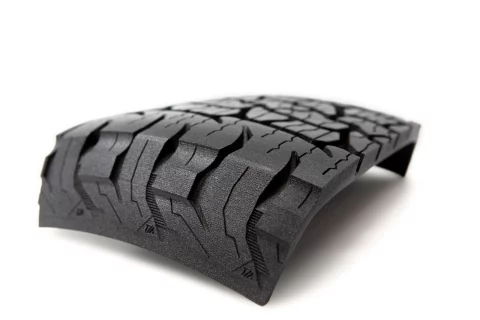
“With Trail-Terrain, we knew that customers were going to spend most of their time on-road, and that noise was going to be a big consideration. We also wanted this tire to meet all global noise regulations as the tire becomes available in those regions. So, there were two reasons that we had to really focus on noise. But this is also an all-terrain tire, and it had to have a certain aesthetic. This was one of the biggest debates we had throughout that design week. It had to look like an all-terrain, but at the same time be quiet.”
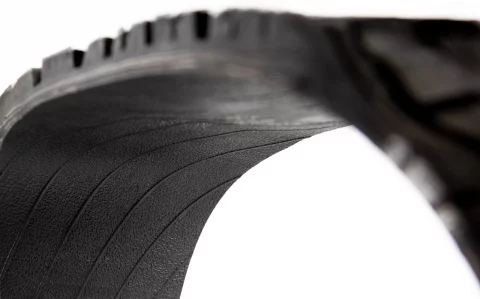
Step 4: test test test
After their week of design tug of war, the team splits off into their different areas of expertise to their tire hypotheses. Molds are created, sent to the right plants, and used to build the first prototypes. Those are then sent to different labs and track facilities to be tested for their wear, performance, noise, and traction. Meanwhile, the industry team begins asking, “how easy will this be to make at scale?” And “can we make it any easier?”
How Do Tires Get Tested?
Sound Testing - There are three types of sound testing BFGoodrich performs on tires. The first is a subjective test, where a person drives a truck with the tires and reports on how noisy it is. The second, more objective test uses microphones to measure exactly how many decibels come off the tires. The third test is standardized by European regulators, using microphones to measure sound on a specified surface.
Wear Testing - Wear testing is tedious but simple. A set of vehicles outfitted with the tire drive a designated loop around the BFGoodrich test track. Then, they are carefully measured and observed. Then, the loop is driven again. And the tires are measured again. This is repeated hundreds of times, collecting data as they go to get a very intricate look at how the tire wears with use.
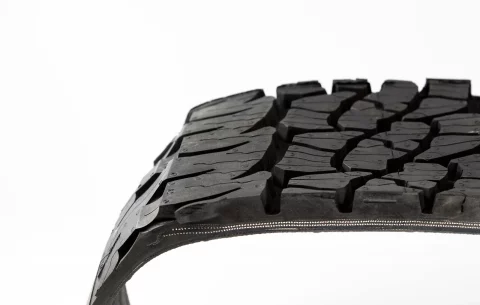
Snow Testing - Snow testing happens in Michigan, where there’s consistent lake-effect snow all winter. There are two tests. One subjective test has a trained driver take the tire out on a snowy testing loop. That driver scores the tire on how it turns, brakes, accelerates, and handles in the snow. A second objective test features a calibrated axle that measures how much force is achieved when it accelerates in the snow.
Miscellaneous Testing - Wet testing includes wet acceleration, wet braking, and hydroplaning testing. Dry braking is tested, driver comfort is tested, and of course, performance on multiple terrains is tested, too.
Some tire tests take weeks. After about half a year, testing is complete. Immediately, the Trail-Terrain T/A tire was off the mark. Noise levels were not meeting the expectations set by the reference contract. And because that factor was so important for this project, it sent the team back to the drawing board to adjust their plans.
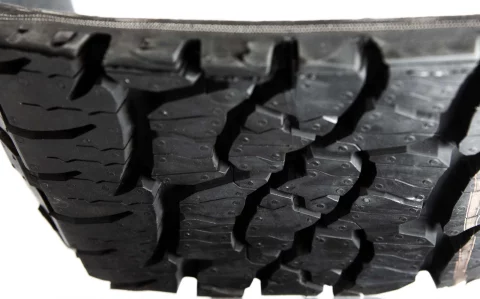
How do you make a tire quieter? Use the physics of sound against itself. Sound is transmitted in waves, and each wave has a mirror opposite. When you play these two waves at the same time, they cancel one another out. It’s the basic technology behind noise-canceling headphones. On a tire, different tread patterns produce different pitches. So, if you measure the pitch of one tread pattern and then add another pattern on the tire that emits the opposite pitch, you will cancel some road noise. It’s a simple trick, but performing it without compromising any of the tire’s performance — that’s where the real engineering challenge lies.
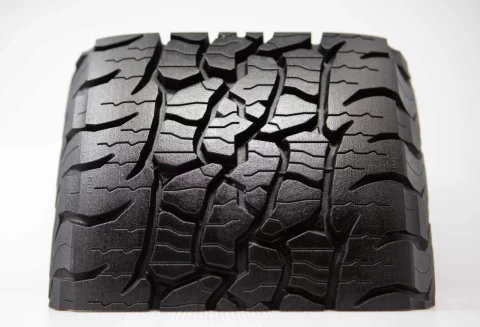
This extra phase of design evolution pushed the project timeline, but it was what it took to reach the best possible tire for the BFGoodrich driver — a cost that’s always worth it. The tread pattern was thoughtfully redesigned, and the prototypes that were made from it met the noise specs they set. Other tests came back, the design passed, and the contract was completed.
Step 5: build build build
“During the testing phase, we’re only working on a couple of sizes. So once you get to that final sign-off on the tire design. When we know we can make the tires and meet the specs, the design becomes fixed, and we start working on replicating that design for all the different sizes we want to offer consumers. Often, over 40 sizes need to be optimized. In this phase, the project gets a lot bigger. More people come on board to create designs, molds, and pre-production tires for all remaining sizes.”
Those pre-production tires (one step farther along than development tires) are created in three waves. First, it’s 15 that get robustly tested, then 25 double-check the results from the first batch. Finally, a set of 50 tires are made for final triple-checking and official sign-off. This layered, rigorous process confirms that the tire’s design can replicate its test results with consistency, meeting the performance standards each time. With these waves of tests passed, the tire is ready to move into production mode, and eventually, a full-fledged launch.
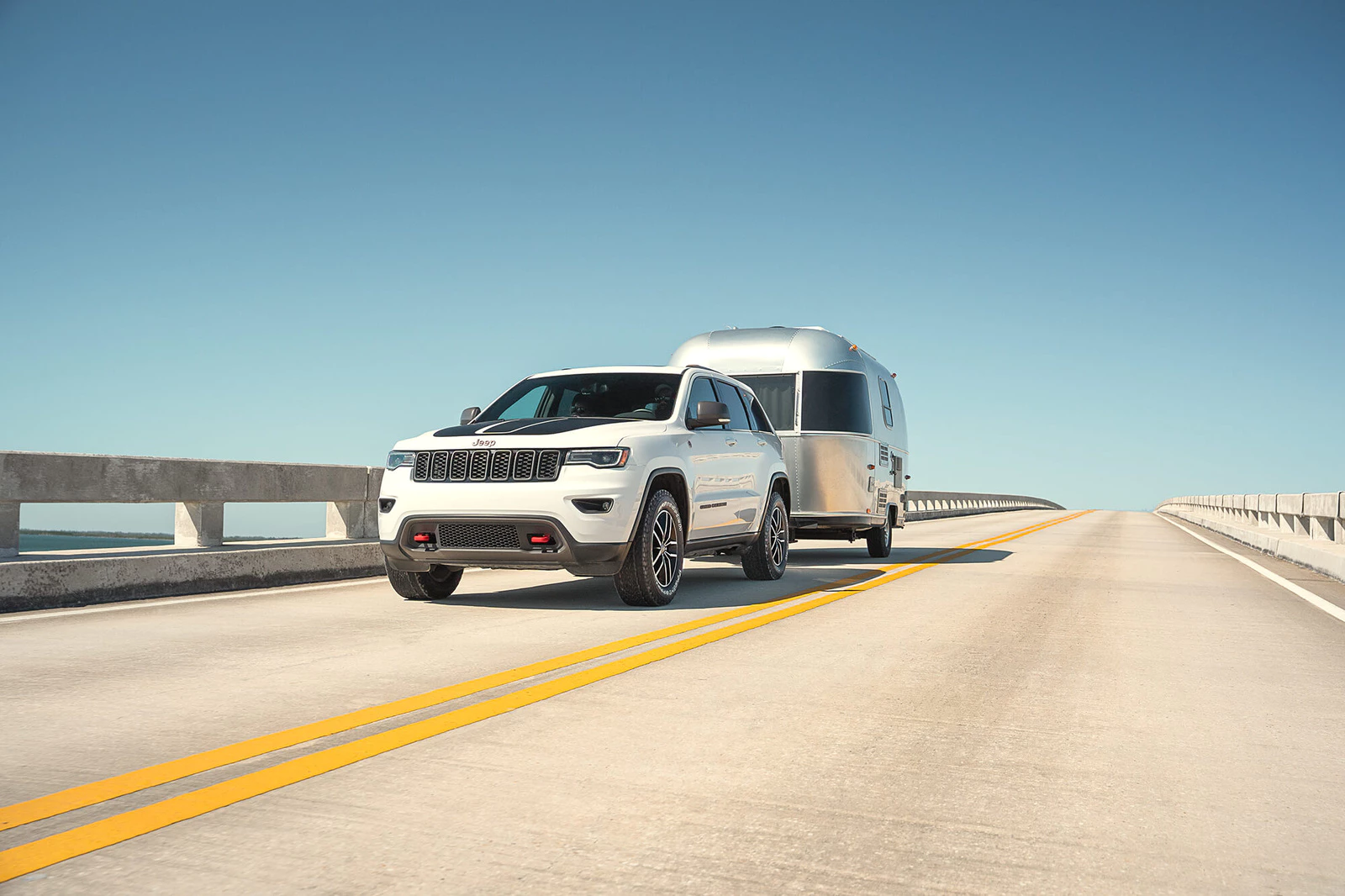
Rubber, Realized
After years of thinking, auditing, spec writing, designing, redesigning, testing, refining, scaling, and finally building, the rubber has been fully realized. The BFGoodrich Trail-Terrain T/A tire is ready to take a whole new group of drivers on adventures of a lifetime. It’s an exciting launch for a team that typically dedicates tires to one pursuit or the other: off-road driving or on-road driving.
A thoughtfully designed and carefully balanced tire, Trail-Terrain T/A tire performs efficiently and quietly on roads, with the right grip and durability for when the weather darkens or the journey turns off the pavement.
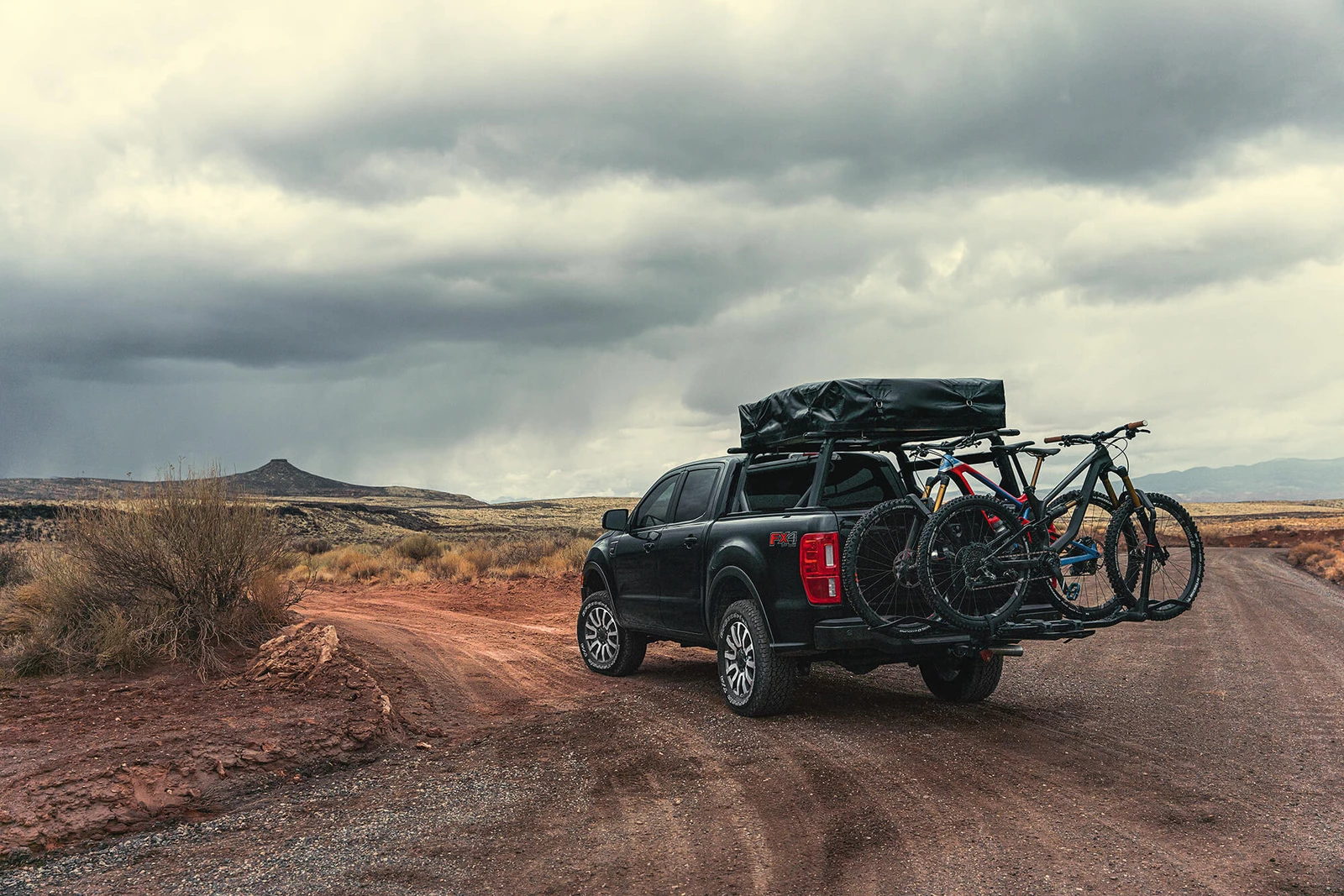
“BFGoodrich Tires is known for designing intense off-road products. When people think of us, they think about racing in the desert. But with Trail-Terrain, the design team is that same group of people who worked on those big off-road tires. But now, we want to bring people who are maybe not as extreme into our family. You can see that reflected in the tires themselves. Line them up and look at the shoulders. If you put Trail-Terrain next to the KO2 and the KM3, and the Baja, you will see the family resemblance.”
Join the family and experience the unmatched BFGoodrich engineering for yourself by outfitting your vehicle with the new BFGoodrich Trail-Terrain T/A tire. Find a dealer today.
